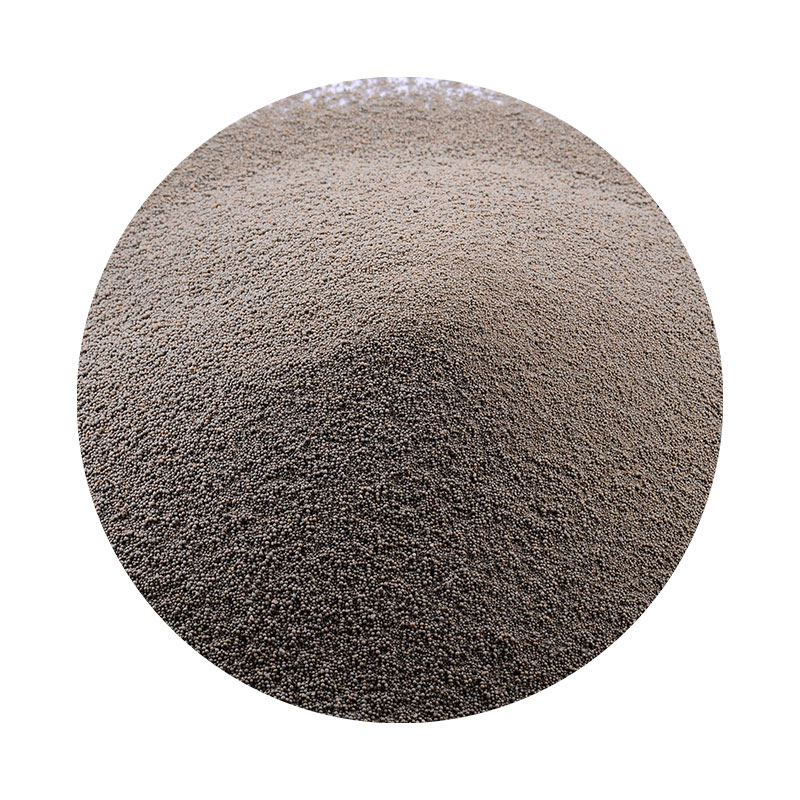The Importance of Resin-Coated Frac Sand in Hydraulic Fracturing
In the world of hydraulic fracturing, commonly known as fracking, the choice of proppant plays a critical role in the overall efficiency and effectiveness of the process. Among the various types of proppants available, resin-coated frac sand has gained significant attention due to its unique properties and advantages. This article explores the importance of resin-coated frac sand, its manufacturing process, and its numerous benefits in enhancing oil and gas recovery.
The Importance of Resin-Coated Frac Sand in Hydraulic Fracturing
One of the most significant advantages of resin-coated frac sand is its enhanced crush resistance. During the hydraulic fracturing process, immense pressure is applied to create fractures in the rock formations. The proppants used must withstand these pressures to ensure that the fractures remain propped open, allowing for effective oil and gas extraction. Resin-coated frac sand has superior crush resistance compared to traditional uncoated sand, making it an ideal choice for deep wells and high-pressure environments.
resin coated frac sand

Furthermore, resin-coated frac sand reduces the likelihood of compaction and clumping, which can impede the flow of hydrocarbons. The resin coating helps maintain the shape and structure of the grains, allowing for better permeability and fluid flow. This enhanced flow capability is crucial for optimizing production rates and accessing previously unattainable reserves.
Another notable benefit of using resin-coated frac sand is its ability to minimize the need for excessive water and chemical additives. Since the sand is designed to perform more efficiently, operators can often achieve desired results with lower volumes of fracture fluid. This not only reduces costs but also lessens the environmental impact associated with the fracking process. In an era where sustainability and environmental stewardship are increasingly important, resin-coated frac sand presents a more eco-friendly alternative.
Moreover, the application of resin-coated frac sand can lead to improved overall performance in various geological conditions. While certain formations may demand specific proppant characteristics, resin-coated sand's adaptability makes it suitable for a wide range of environments, from tight gas plays to oil shale formations.
In conclusion, resin-coated frac sand has become a vital component in hydraulic fracturing operations. Its enhanced crush resistance, superior permeability, and environmental benefits make it a preferred choice among operators looking to maximize their extraction efforts. As the demand for oil and gas continues to rise and production techniques evolve, the significance of high-quality proppants like resin-coated frac sand is projected to grow even further. Consequently, investing in advanced proppant technologies will be essential for achieving operational success and meeting the energy demands of the future.
Post time:វិច្ឆិកា . 14, 2024 17:20
Next:resin coated frac sand
